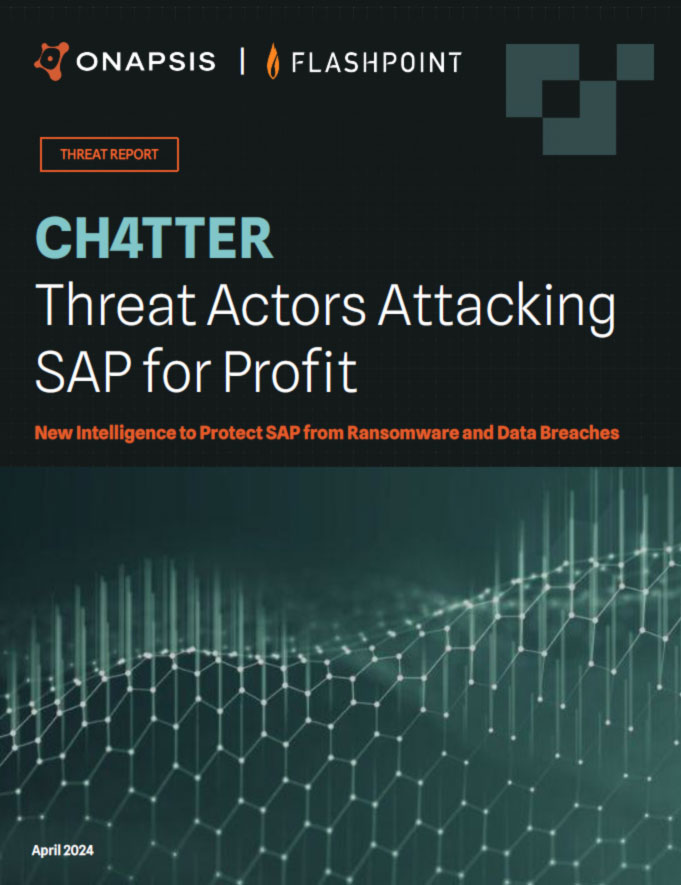Safeguarding Your Digital World: Strategies to Counter Nation-State Actors

Nation-state actors and groups have been consistently making headlines with their sophisticated tactics. For instance, Molerat, a notorious cybercriminal organization, has gained notoriety due to its persistent use of phishing tactics aimed at Israeli officials in the Middle East. Part of the update of classifiers in this particular case is due to the emails containing links to Dropbox or Google Drive, showcasing an evolution in their methods. Additionally, nation-state actors and cybercriminals alike have not only accumulated vast amounts of personal information on individuals, but have also harnessed artificial intelligence (AI) to exploit this data, subjecting people to AI manipulation, deepfakes and other deceptive tactics. Cases like these underscore the enduring importance of adopting a multi-layered approach to cybersecurity, emphasizing the need to effectively combine the capabilities of both humans and technology in order to defend against such threats.
The Importance of Staying Informed
First and foremost, organizations and individuals must keep their threat intelligence systems up-to-date with the latest Indicators of Compromise (IOCs) to stay prepared against these threats. When considering IOCs for email, it’s crucial to ensure they include factors such as domain registration, the life of the domain, domain name system (DNS) servers for the domain, and records like sender policy framework (SPF), DomainKeys Identified Mail (DKIM), and domain-based message authentication, reporting and conformance (DMARC). Simultaneously, machine learning classifiers should be continually trained with freshly labeled data to ensure they can adapt to evolving email threats that can be delivered through email, websites, and DNS. In addition to keeping these models fresh and current, it’s crucial to ensure the right models are being used and that new models are created for emerging types of threats. This proactive approach ensures that models remain current and effective in identifying and mitigating changing email-based risks. In a world where cyber threats are constantly evolving, static defenses quickly become obsolete.
Exercising Caution in Email Communications
It’s vital that employees refrain from opening attachments or clicking on links from unknown senders. It’s equally essential to exercise caution even with contacts in address books, as compromised accounts can inadvertently spread malicious content. The rise of AI further complicates matters, as even seemingly benign emails could be suspect. As cybercriminals leverage AI to create increasingly convincing phishing emails capable of deceiving even the most vigilant recipients, a notable example is the use of AI-powered attacks that analyze an individual’s writing style and preferences. This sophisticated approach makes the phishing emails appear as if they originate from a trusted colleague or friend, presenting a new and challenging hurdle in identifying and defending against email-based threats.
Vigilance, rather than paranoia, should be the guiding principle when handling emails and communications. Being present and aware of the content and context of digital interactions is key to thwarting potential threats. Recognizing the importance of this factor is crucial, as many times not being aware and present can lead to compromise. This heightened awareness should extend beyond just the email itself, encompassing all forms of digital communication.
The Role of AI in Cybersecurity
This situation also presents an opportunity for solution providers to offer advanced systems and AI-driven solutions that can help mitigate the risks associated with such communications. So what does this mean for organizations? It’s important to recognize that when a group is actively targeting an organization or individuals, they invest time in studying their targets, surveilling their contacts, and gathering data that feeds into their own AI systems. In response, organizations should consider investing in robust AI-driven cybersecurity solutions capable of detecting and thwarting attacks. By staying ahead of the curve and adopting advanced security measures, organizations can better protect themselves against the evolving threat landscape posed by AI-enhanced cyberattacks.
Taking a look at Molerat’s infamous phishing attacks again highlights the persistent and cunning nature of modern-day cybercriminals. The takeaway here is clear: cybersecurity must adapt and innovate just as swiftly as the threats it seeks to counter. It’s imperative to remain informed, keeping threat intelligence systems updated and machine learning models well-trained. However, beyond the technological assets, there’s a call for a cultural shift– an awareness that goes beyond the inbox, extending to all digital interactions. Vigilance, combined with a balanced approach, will be the linchpin in safeguarding against lurking AI-enhanced threats. As organizations contemplate the future, embracing advanced AI-driven solutions becomes not a choice, but a necessity in the ongoing battle to protect sensitive information and digital assets.




